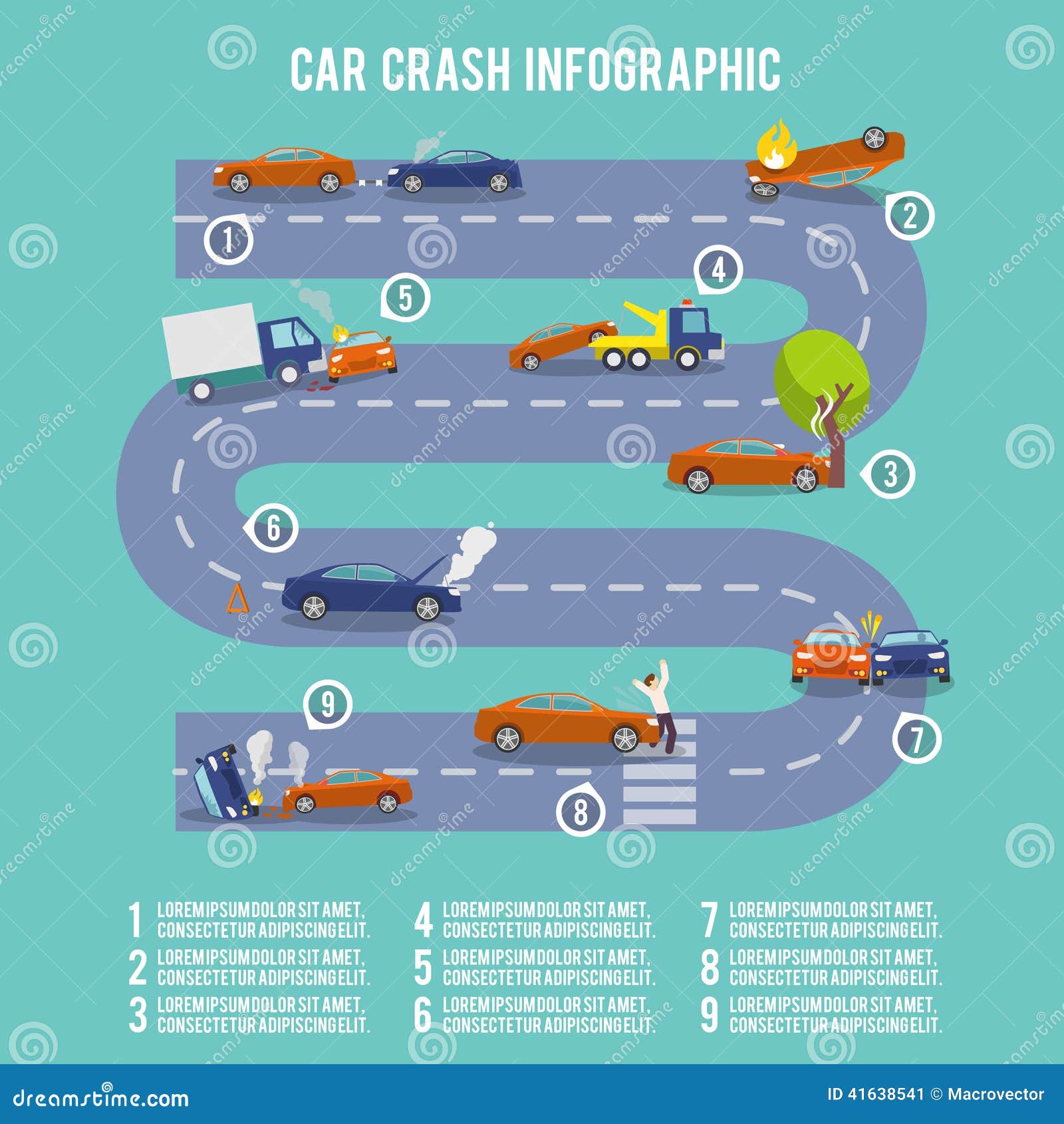Analyzing Your Auto'S Warning Indicators: What They Truly Convey
Analyzing Your Auto'S Warning Indicators: What They Truly Convey
Blog Article
Web Content Author-Sykes Winters
When you're behind the wheel, those radiant caution lights on your control panel can be a little bit puzzling. Do you understand what they're trying to tell you about your vehicle's health? Comprehending the relevance of these lights is essential for your safety and the long life of your vehicle. So, the following time one of those lights pops up, would not you wish to decode its message accurately and take the necessary steps to address it?
Common Warning Lighting and Interpretations
Determine typical caution lights in your cars and truck and comprehend their significances to make sure risk-free driving.
The most typical warning lights consist of the check engine light, which signals problems with the engine or emissions system. If this light begins, it's critical to have your car checked quickly.
The oil stress warning light shows low oil stress, calling for immediate focus to stop engine damage.
A flashing battery light may suggest a faulty charging system, possibly leaving you stranded if not dealt with.
The tire stress surveillance system (TPMS) light informs you to low tire stress, impacting vehicle security and gas effectiveness. Ignoring this might lead to hazardous driving conditions.
The abdominal light shows a trouble with the anti-lock braking system, endangering your ability to stop rapidly in emergency situations.
Finally, the coolant temperature alerting light warns of engine overheating, which can result in extreme damage if not settled swiftly.
Understanding these typical caution lights will certainly assist you deal with problems immediately and maintain secure driving problems.
Value of Prompt Attention
Comprehending the usual caution lights in your auto is only the very first step; the importance of without delay addressing these cautions can not be highlighted enough to guarantee your security on the road.
When a warning light brightens on your control panel, it's your cars and truck's means of interacting a prospective issue that needs attention. Neglecting these cautions can bring about a lot more severe troubles later on, endangering your safety and potentially costing you a lot more out of commission.
Trigger interest to warning lights can prevent malfunctions and accidents. For instance, a blinking check engine light can suggest a misfire that, if left neglected, can trigger damages to the catalytic converter. Resolving car detail clean can save you from a costly repair.
Similarly, a brake system alerting light could indicate low brake liquid or used brake pads, crucial components for your security when driving.
Do It Yourself Troubleshooting Tips
If you discover a caution light on your dashboard, there are a few do it yourself repairing suggestions you can attempt prior to looking for expert help.
The very first step is to consult your vehicle's manual to understand what the certain warning light suggests. In some cases the concern can be as straightforward as a loosened gas cap causing the check engine light. Tightening up the gas cap might settle the trouble.
Another typical concern is a low battery, which can activate various warning lights. Examining the battery links for rust and ensuring they're secure could deal with the problem.
If a warning light continues, you can try resetting it by separating the cars and truck's battery for a couple of mins and afterwards reconnecting it. In https://www.kbb.com/car-advice/end-lease-chip-shortage/ , examining your car's fluid degrees, such as oil, coolant, and brake liquid, can assist fix alerting lights connected to these systems.
Verdict
To conclude, understanding your vehicle's warning lights is necessary for maintaining your lorry running smoothly and safely. By quickly attending to these alerts and knowing what they suggest, you can stay clear of costly fixings and prospective malfunctions.
Bear in mind to consult your cars and truck's guidebook for certain information on each alerting light and do something about it accordingly to make certain a trouble-free driving experience.
Keep notified, remain secure when traveling!
